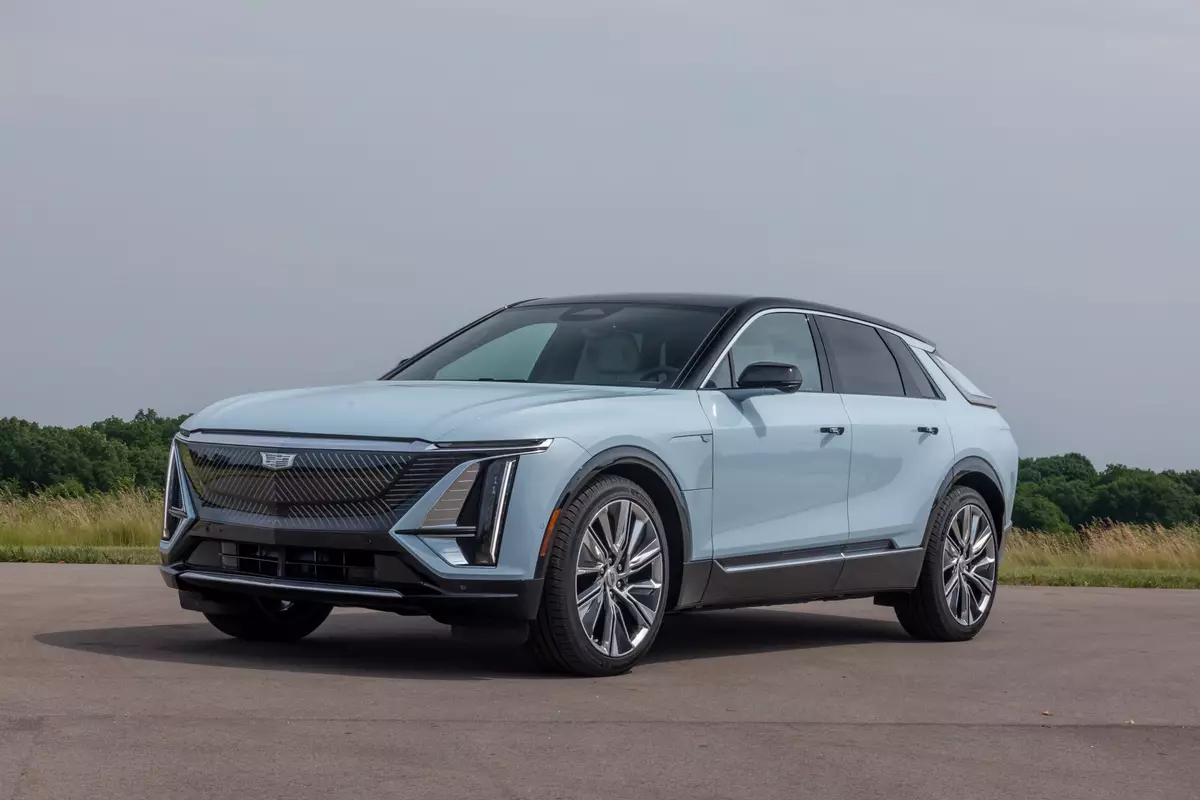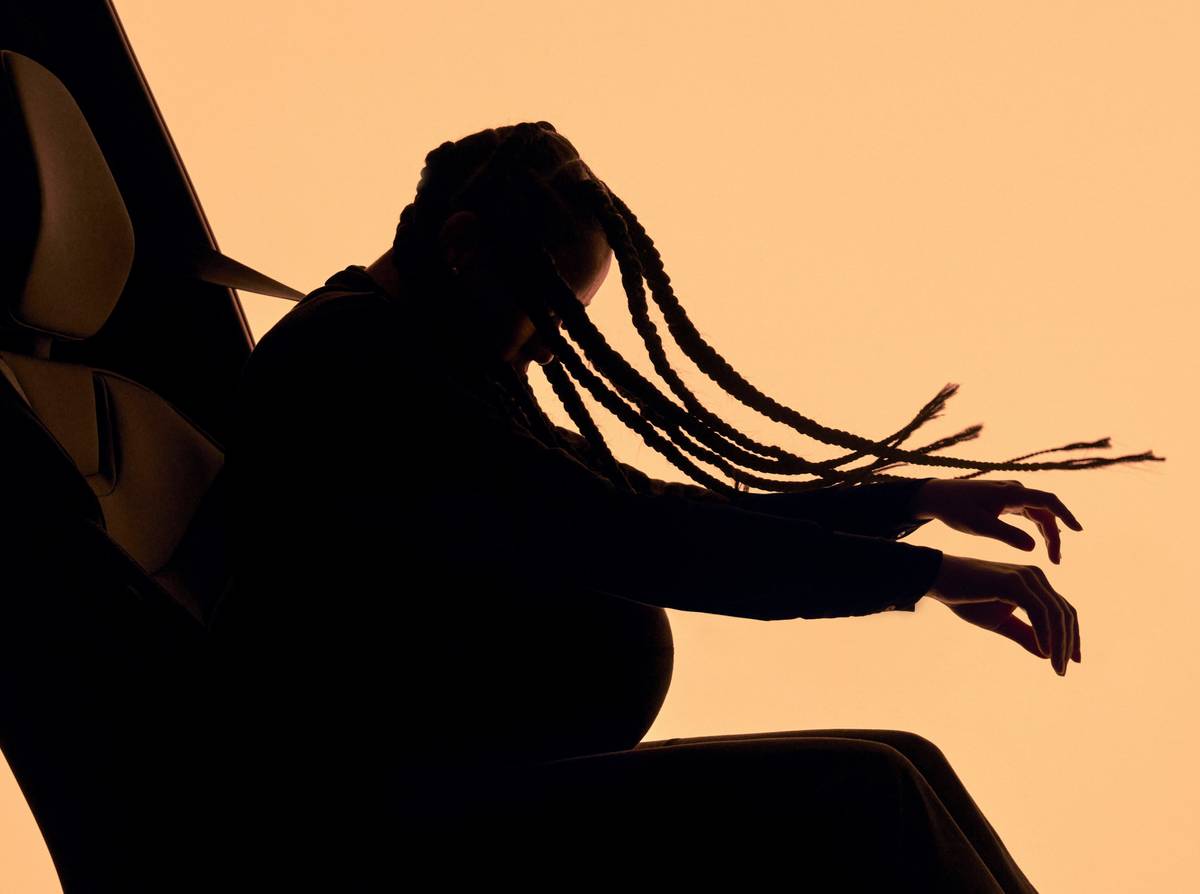chicagotribune.com's view
Banned in Boston.
At one time that phrase guaranteed even a cookbook would sell.
Irked at Ford.
That’s the new catchphrase in Detroit guaranteed to call attention to the newest sport-utility behemoth on the market, the 2001 Toyota Sequoia.
Sequoia slipped quietly into showrooms last month without fanfare — until Ford focused the spotlight on the new SUV by throwing a hissy fit that Toyota said Sequoia is “nearly identical” in size to its Expedition.
Ford threw a tantrum, arguing that Expedition is a bigger behemoth than Sequoia because it is 1 inch longer and 0.06 of an inch wider. And, most important, Expedition has 3.7 cubic feet more cargo space than Sequoia if you use a U.S. and not a Japanese calculator.
We wouldn’t recognize a cubic foot if it bit us in the foot, but it took only milliseconds for Ford to e-mail the nation’s automotive media complaining that Sequoia is a behemoth wannabe.
Have to admit Ford responded more quickly to 3.7 cubic feet than it did to questions about Firestone tires on its smaller Explorer, but let’s not digress.
Toyota waited four years to bring out the Sequoia rival to the Expedition, which bowed in the 1997 model year, obviously using the time to come up with a host of goodies to make up for its late arrival.
The reason for the delay is that Toyota first had to bring out its full-size Tundra pickup in the 2000 model year. Sequoia is built on the Tundra platform at Toyota’s plant in Princeton, Ind.
With Sequoia, Toyota has a stable of SUVs to ensure one size will fit all consumers, those wanting small, medium or large vehicles.
Toyota now offers the subcompact RAV4, which has been redone for 2001; the midsize 4Runner; full-size Land Cruiser; and even fuller size Sequoia, which looks similar to a Land Cruiser, perhaps because as with fashions, designer creativity tends to wane when you get into XXL.
Next spring Toyota will add the midsize Highlander, a lower-cost variant of the RX300 offered by Toyota’s Lexus luxury division, which also offers the full-size LX470.
Sequoia comes in base SR5 and top-of-the-line Limited versions with two- or four-wheel-drive. We tested the SR5 with 4WD.
Sequoia is powered by the same 4.7-liter V-8 as the LX470, which means excellent off-the-line power and plenty of muscl e to pass, merge, climb or tow.
Of course, as with any V-8 powered behemoth, Sequoia can pass anything on the road except a fuel pump. The rating is 14 m.p.g. city/17 m.p.g. highway.
If gas prices again tickle $2 a gallon, you can expect Toyota to turn its focus from Sequoia to the smaller RAV4, Highlander and 4Runner, which, of course, is why Toyota offers a full range of SUV sizes.
Though huge, or maybe because it is so huge, ride is most pleasant. Very little if any road harshness is transmitted back through the steering wheel or seat cushion. Of course, that may be because those thickly cushioned seats are very supportive and absorb most of the shock.
Handling is another thing. Behemoths don’t perform like ballerinas. You feel the weight in the wheel, especially when making a turn or rounding a corner. The suspension that keeps up-and-down movement under control has little affect on preventing body lean and sway in corners and turns.
An it takes only one venture into the mall parking lot to realize just how big Sequoia is. Remember that slipping into the parking stall is one thing, having enough room left to open your door is another.
Inside, Sequoia offers a host of goodies. Starting in back, the hatchlid (somewhat heavy, but with a pull strap to close it) opens to expose rather generous cargo space behind the standard third seat.
If you don’t want to open the entire lid, you can press a button on the dash or your key fob and the rear window motors into the hatchlid so you can slip things inside. We used the button to clear a blanket of snow.
Even with that third seat, you easily should get a set of golf clubs and a suitcase in the cargo hold. Or, pull the lever at the bottom of the third seat and it slides forward so you can store two sets of clubs and two pieces of luggage. Or, pull another lever and the third seat backs fold flat for even more clubs and luggage. Or, pull another lever and the third seat back folds flat and the bottom flips forward or pull another lever and the third seat flips, folds and removes and…you get the picture.
Or, if you really need lots of room, flip/fold/remove or whatever the third seat and flip/fold the second seat and you can stow a RAV4 — minus 3.7 cubic feet of it, if you believe the Ford propaganda.
The third-row seat allows Sequoia to hold seven passengers. One problem with third-row seats, however, is getting passengers into them. You may recall when we reviewed the 2002 Mercury Mountaineer (Cars, Dec. 10) that the second-row seat on the passenger side flipped and folded over to create an aisle to the back, but exposed the metal railing on which the second seat rides as an obstacle.
Sequoia solved that. Touch a lever and the second-row seat on either the driver’s or passenger’s side flips and folds to create a spacious walkway into the third seat. And Sequoia seats flip out of latches in the floor–no long metal rails. Kudos.
Second and third seat backs recline for comfy travel. Leg, arm and hip room are ample in both rows, though legroom is more generous in the second.
Noteworthy standard features include four-wheel anti-lock brakes, anti-skid (brakes applied to all wheels and engine output reduced when a skid is detected on loose dirt, gravel, puddled water or ice) as well as traction control (brakes applied to the slipping wheel when loss of traction detected).
Also standard are air, power windows/mirrors/locks, AM/FM with cassette and CD player and cruise control.
There’s also push-button activation of 4WD and a lever to engage 4WD high or low when the snow or sand gets too deep or the incline too steep.
Other goodies include more stowage compartments (ditto cupholders — 10 — and power plugs) in walls, doors and seat backs than you could fill; folding outside mirrors with the control in the center console where it is easier to reach than when housed in the door; and an adjustable steering column.
Also, the top of the center console flips open and comes with a clip to hold a notepad, while a huge stowage compartment hides underneath. Surprisingly, there is no tissue holder in the center console, which like cupholders and power plugs, has become de rigeuer in SUVs. Perhaps Sequoia would have offered one if the cabin was 3.7 cubic feet larger?
Sequoia also comes with dual front and side-impact air bags as standard, as well as side-impact air-bag curtains for front-seat occupants as an option.
Couple of gripes, however. Running boards are one member of a $1,305 optional alloy-wheel package.
Nice to have to get in and out, but thought should be given to a different, less-slippery rubber covering on the boards.
And maybe it was just our imagination, but the Sequoia gas pedal seemed to be a shade out of plum and a tad too far right so that a few ties our EEE loafers sl pped off.
Base price of the 4WD Sequoia SR5 we tested is $34,345, but easily tops $40,000 with options. The Limited, with more standard equipment such as leather seats, running boards, heated seats and mirrors, starts at $42,275 in 4WD version.
Toyota expects to sell 60,000 to 70,000 Sequoias annually, mostly to Toyota loyalists who need or want a large SUV companion for their Toyota sedan or coupe or a larger SUV than the RAV4 or 4Runnerresting there.
2001 Toyota Sequoia SR5 4X4 Wheelbase: 118.1 inches Length: 203.9 inches Engine:4.7-liter, 240-h.p., 32-valve dual overhead cam V-8 Transmission: 4-speed automatic Fuel economy: 14 m.p.g. city/17 m.p.g. highway Base price: $34,345 $41,685. Includes $3,035 for preferred package with leather seats, AM/FM stereo with cassette, CD player and 10 speakers; $1,005 for power tilt and slide moonroof; $1,305 for alloy wheel package with running boards and towing hitch; $500 for driver and passenger side air bag curtains; $220 for roof rack; $490 for convenience package with power heated sideview mirrors, keyless entry, compass/outside temp gauge, trip computer and Homelink garage opener; $570 for front/rear-seat air conditioning; $40 for daytime running lamps; and $175 for carpeted cargo mats. Add $480 for freight.
Pluses: All the room you’ll need to haul seven people and their luggage. Third-row seat easily accessible by flipping second-row seat on driver’s or passenger’s side and without any seat rail to walk over. ABS, traction control and 4WD, activated by pushbutton with a 4WD high and low lever for heavy snow or sand. Stowage compartments, power plugs and cupholders galore. Comfy long-distance hauler. Minuses:Fuel economy. Quickly tops $40,000 with options. No ice maker or microwave, though there is room for them. >>
Latest news



